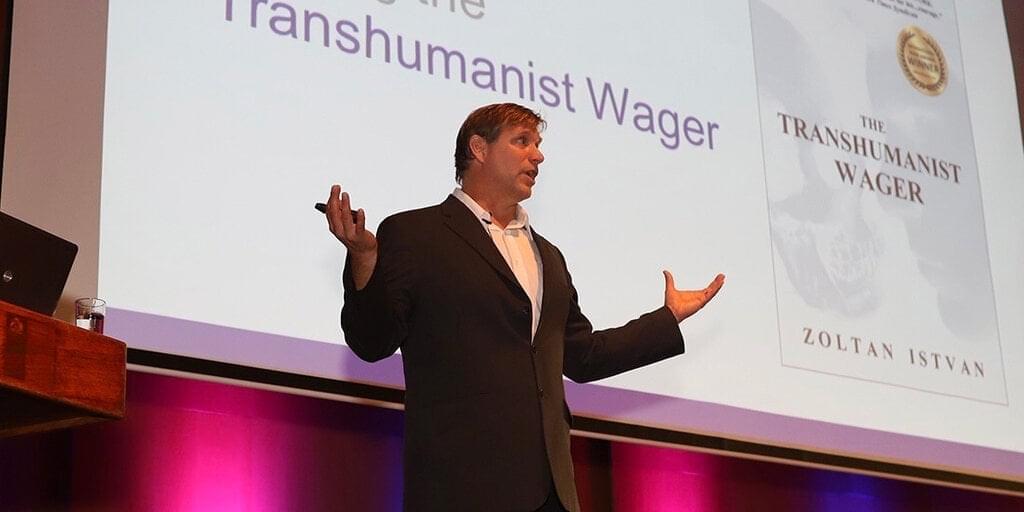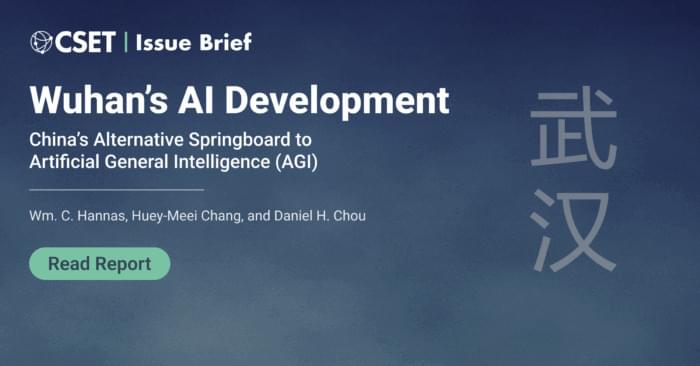Scientists from the Natural History Museum have unraveled the geological mysteries behind jadarite, a rare lithium-bearing mineral with the potential to power Europe’s green energy transition which, so far, has only been found in one place on Earth, Serbia’s Jadar Basin.
Discovered in 2004 and described by museum scientists Chris Stanley and Mike Rumsey, jadarite made headlines for its uncanny resemblance to the chemical formula of Kryptonite, the fictional alien mineral which depletes Superman’s powers. However, today its value is more economic and environmental, offering a high lithium content and lower-energy route to extraction compared to traditional sources like spodumene.
A team of researchers at the museum have uncovered why this white, nodular mineral is so rare. Their findings show that to form, jadarite must follow an exact set of geological steps in highly specific conditions. This involves a strict interplay between alkaline-rich terminal lakes, lithium-rich volcanic glass and the transformation of clay minerals into crystalline structures which are exceptionally rare.






